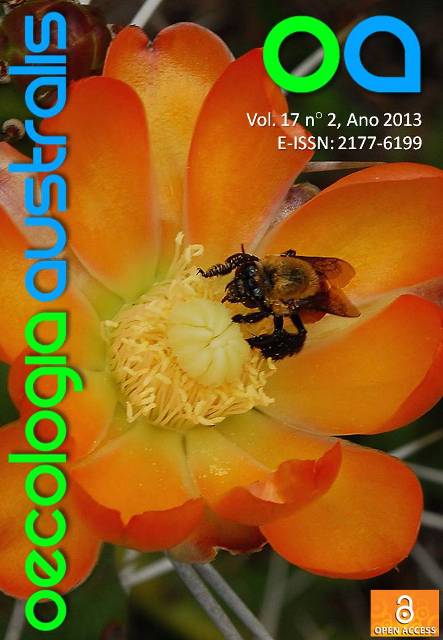ZOOPLANKTON (ROTIFERA, CLADOCERA AND COPEPODA) AND THE EUTROPHICATION IN RESERVOIRS FROM NORTHEASTERN BRAZIL
Keywords:
Dinâmica, eutrofização, revisão bibliográfica, zooplâncton.Abstract
Artificial water reservoirs are constructed for multiple uses, such as public water supply, irrigation, power generation, among others. However, negative anthropic impacts such as growth of the human population around water bodies have caused disturbances in aquatic ecosystems, resulting in artificial eutrophication which became one of the major problems in the world. Studies on trophic evaluation in reservoirs aim to detect and predict the eutrophication in addition to propose solutions that ensure the increase of management and of the multiple uses of these systems. Variations of the physical and chemical characteristics of reservoirs caused for eutrophication imply in instability of biotic communities of this ecosystem, mainly zooplankton. Certain species of zooplanktonic community have high sensitivity to environmental changes and can quickly respond to various types of impacts. These responses can manifest itself, for example, by the change in the composition and diversity of the community, and the increase or decrease in zooplankton density and can be considered bioindicators in some cases.


